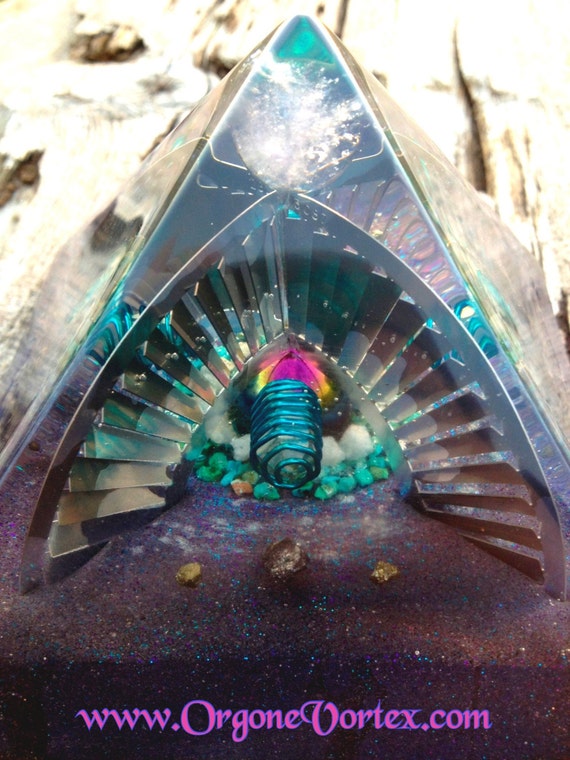Whether you live in an apartment or house or simply would like to keep your home free of electromagnetic fields, there are a number options to limit your exposure. One of the most effective is to reduce your electronic device use. You could also consider EMF block paint to stop EMF radiation from entering your house. Another method to protect your house against EMF radiations is to put up a RF shielding canopy. It is a type made of net which contains EMF shielding and is used to stop EMFs from entering rooms. Get more information is to have your home fitted with a conductive enclosure. They are referred to as Faraday cages.
Several studies have shown how the EMF that is not ionized produces antiproliferative effects in HCC cells. block emf behind AM RF EMF's anticancer activity in vitro is believed to involve down-regulation in cancer-related stem cells. This could explain the long-term effects observed in patients with advanced HCC. However, emf radiation blocker of AM EMF's impact on cancer patients is not yet clear.
The effects from AM RF EMFs on HCC tumor growth in vivo were examined in mice. The tumours were divided into 3 groups. One group did not have exposure to RF EMF. The second group was exposed to RF EMF at a frequency that is similar to that of humans. In the third, they were subjected to RF EMF with HCC-specific modulation frequencies. The impact of HCCMF on the tumours was assessed against the effect of RCF. The results revealed that cancers treated with HCCMF were significantly shrinking. However, tumours treated with RCF did not show any evidence of shrinkage of the tumor.
The reason for tumour-specific AM RF EMF might be driven by the fact that cancer cells require Cav3*2 type voltage calcium channels for proliferation and down-regulation. AM RF EMF's antiproliferative effects on HCC cells is caused by CACNA1H the protein that mediates tumour-specific Ca2+ influx. The findings suggest that CACNA1H could have more broader implications in the diagnosis and treatment of various cancers.

The tumours of the controls were never exposed RF EMF, and were fed a standard mouse diet. The tumours in those in the HCCMF group were injected with Huh7 cells at the time they were five-seven weeks old. The tumors were then killed when they showed excessive burden.
The tumors of the three groups showed different growth curves. The tumours treated with HCCMF saw a significant decrease in size of the tumor after eight weeks. However, tumors which were treated by RCF did not show any shrinkage. The difference was highly significant. The tumours treated with RCF had necrosis that is common when tumors are that are exposed to RCF. There is a possibility that this necrosis was due to an absence of oxygen in larger tumors.
In sum, the results show that AM RF EMF has anticancer activity in vitro and in the vivo. Numerous studies have demonstrated the fact that AM RF EMF produces measurable shrinkage of tumors in HCC patients. The possibility is that the AM EMF triggers these effects due to CACNA1H which is a protein involved in tissue-specific Ca2+ influx. In addition, AM RF EMF may cause a lasting impact on the development of HCC tumors in living tissue.
